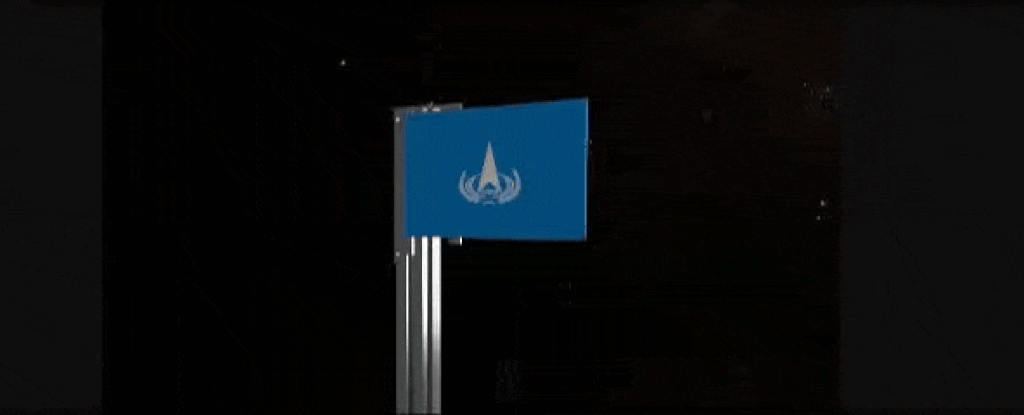The Webb Shows Us Where Cosmic Dust Comes From
Carbon-rich cosmic dust comes from different sources and spreads out into space, where it’s necessary for life and for the formation of rocky planets like ours. When astronomers aim their telescopes at objects in the sky, they often have to contend with this cosmic dust that obscures their targets and confounds their observations. One reason … Continue reading "The Webb Shows Us Where Cosmic Dust Comes From" The post The Webb Shows Us Where Cosmic Dust Comes From appeared first on Universe Today.

Carbon-rich cosmic dust comes from different sources and spreads out into space, where it’s necessary for life and for the formation of rocky planets like ours. When astronomers aim their telescopes at objects in the sky, they often have to contend with this cosmic dust that obscures their targets and confounds their observations.
One reason the JWST was built is to see through some of this dust with its infrared vision and unlock new insights into astrophysical processes. In new work, the JWST was tasked with observing the dust itself.
The Wolf–Rayet binary WR 140 is about 5,000 light-years away in the constellation Cygnus. In 2022, researchers published results in Nature Astronomy revealing details about the binary star. The results showed that the stellar winds from both stars regularly collide, producing rings of carbon-rich dust that expand outward from the stars.
“We are used to thinking about events in space taking place slowly, over millions or billions of years. In this system, the observatory is showing that the dust shells are expanding from one year to the next.”Jennifer Hoffman, co-author, University of Denver
“Massive colliding-wind binaries that host a Wolf–Rayet (WR) star present a potentially important source of dust and chemical enrichment in the interstellar medium,” the authors wrote, noting that the dust’s chemical composition and how it survives are still not understood. “The carbon-rich Wolf–Rayet binary WR 140 presents an ideal astrophysical laboratory for investigating these questions, given its well-defined orbital period and predictable dust-formation episodes every 7.93?years around periastron passage,” the authors explained in their research.
The environment near these stars when they’re close to one another is chaotic, even hostile. The winds from these evolved stars are chemically rich, and when the stronger wind from the WR star collides with the wind from the OB star, the gas is compressed, and dust is produced. Since the dust is only produced at periastron, the dust forms discrete rings. “Galactic colliding-wind WC (Wolf-Rayet stars of the carbon sequence) binaries with resolvable circumstellar dust nebulae, therefore, provide important laboratories to study this dust-formation process, where observations over the past few decades have demonstrated how dust formation is regulated by the orbit of the binary system,” the authors of the 2022 paper explain.
The pair of massive stars, one a Wolf-Rayet and one an OB star, orbit one another and reach periastron every 7.93 years. That’s when the powerful stellar winds from both stars collide. Astronomers think that evolved Wolf-Rayet stars and their colliding winds might be responsible for some of the first carbonaceous dust grains and organic material in the Universe.
The JWST captured the original 2022 images about 5.5 years after the last periastron in 2016. Now, about 14 months after the JWST’s initial look at WR 140, the space telescope has taken another long look at the interacting binary and its concentric rings of expanding carbon-rich dust. The images show how much the rings have expanded in less than two years time.
“The telescope confirmed that these dust shells are real, and its data also showed that the dust shells are moving outward at consistent velocities, revealing visible changes over incredibly short periods of time,” said Emma Lieb, the lead author of the new paper and a doctoral student at the University of Denver in Colorado.

It’s relatively rare to see astronomical objects exhibit change on short timescales like this. For only 14 months, every eight years, the stellar winds collide and produce the visible carbon-rich dust rings. While WR binaries are known to produce carbon-rich dust, most pairs aren’t this active and their periastrons are much further apart in time.
“We are used to thinking about events in space taking place slowly, over millions or billions of years,” added Jennifer Hoffman, a co-author and a professor at the University of Denver. “In this system, the observatory is showing that the dust shells are expanding from one year to the next.”
“Seeing the real-time movement of these shells between Webb’s observations that were taken only 13 months apart is truly remarkable,” said Olivia Jones, a co-author at the UK Astronomy Technology Centre, Edinburgh. “These new results are giving us a first glimpse of the potential role of such massive binaries as factories of dust in the Universe.”
Astronomers have spotted other WC stars producing dust rings. However, WR 140 exceeds them all. “The extent of these distant circumstellar shells detected around WR 140 exceeds that of all other known dust-forming WC systems by factors of 4 or greater,” the authors of the 2022 paper explain.
The stars follow wide, elongated orbits, and when their winds collide every eight years, they produce carbon-rich dust for several months. The JWST’s powerful MIRI imaged dust rings that date back more than 130 years. Shells older than that have dissipated into interstellar space and are no longer coherent and visible. Some of that material may have already been taken up in star formation.
Thanks to MIRI, the researchers learned that WR 140 will likely generate tens of thousands of dust shells over hundreds of thousands of years.
“Mid-infrared observations are absolutely crucial for this analysis, since the dust in this system is fairly cool. Near-infrared and visible-light observations would only show the shells that are closest to the star,” explained Ryan Lau, a co-author and astronomer at NSF NOIRLab in Tucson, Arizona. Lau led the initial research on this system in 2022. “With these incredible new details, the telescope is also allowing us to study exactly when the stars are forming dust — almost to the day.”
These JWST images don’t show it, but not all of the dust is in the form of rings. Some of it is in clouds larger than our entire Solar System. Some of it floats freely as individual dust particles, each one only one-hundredth the width of a human hair. In all cases, the dust is carbon-rich and moving at the same speed.
One estimate says that the rings are about 1.4 trillion km apart. For comparison, if our Sun were creating these shells, one shell would be about five percent of the distance to Alpha Centauri, our nearest neighbour, before the next shell was created.
Eventually, the creation of carbon-rich dust shells will cease. Most WR stars end their lives as supernovae, with some possibly collapsing directly into black holes.
But that’s in the distant future. In humanity’s direct future, WR 140 will keep producing these carbon-rich dust shells, and the JWST will keep watching this natural laboratory to see how it all happens.
The post The Webb Shows Us Where Cosmic Dust Comes From appeared first on Universe Today.
What's Your Reaction?







































